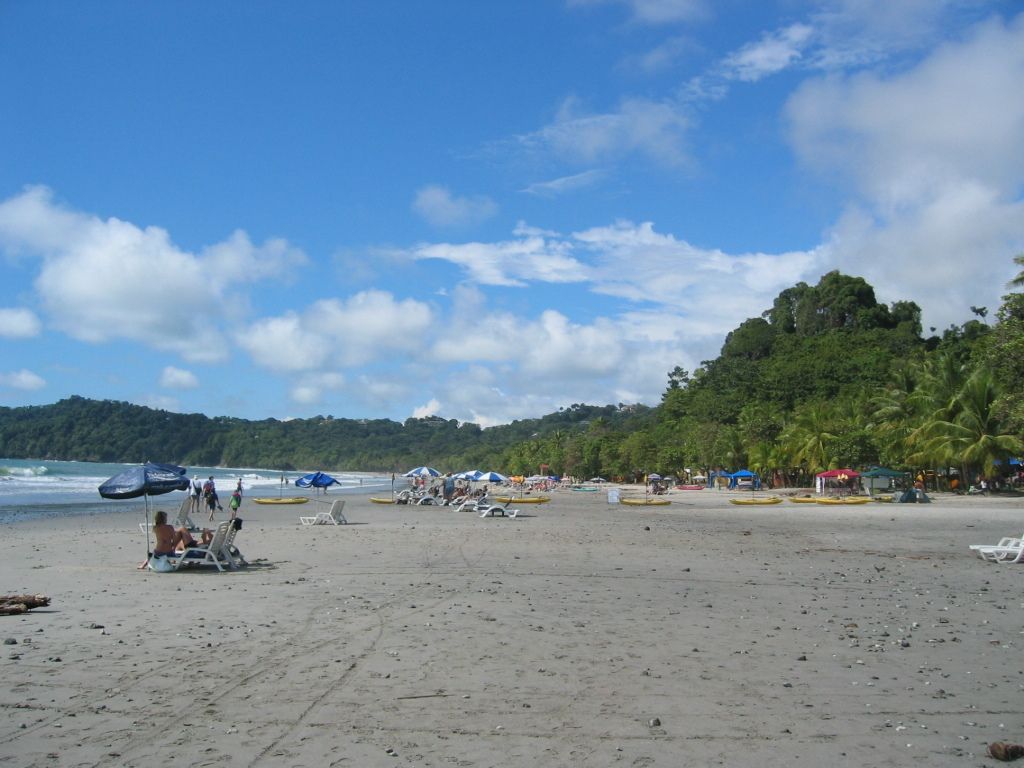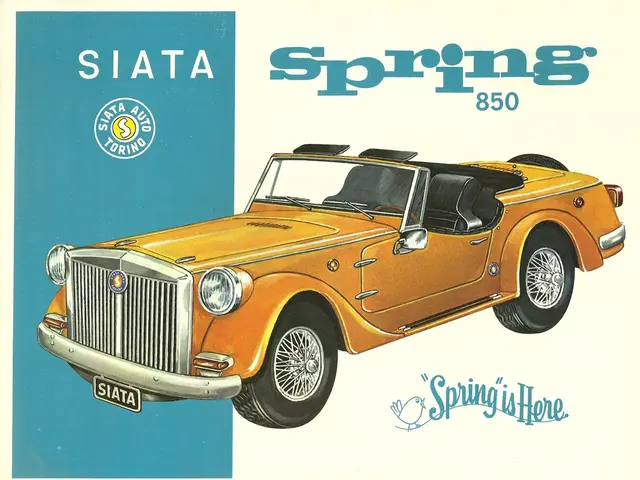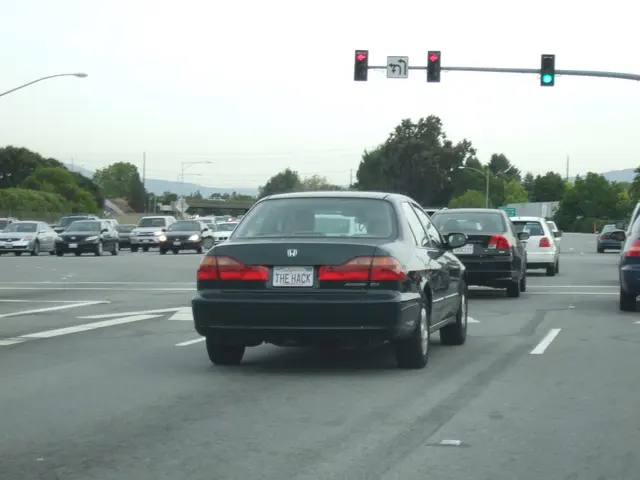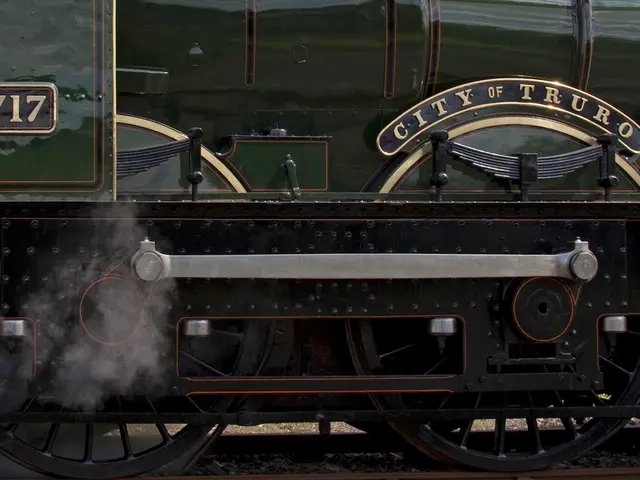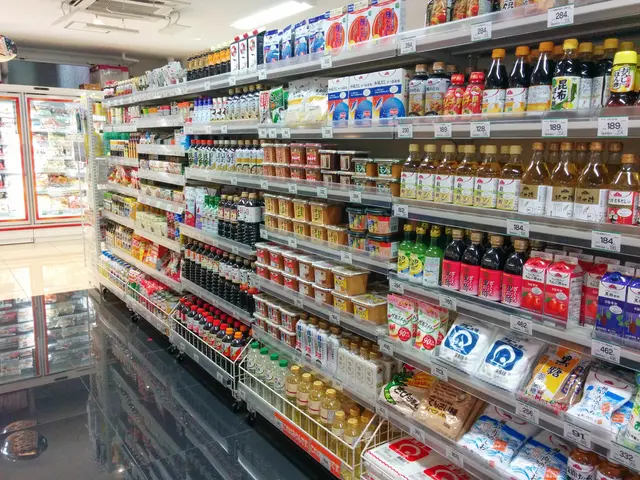"Sprucing up the Tracks" A Cleaner, More Reliable German Railways with ICE L Trains Awaits
Modernizing the Fleet
High-Speed Trains (ICE) receive their inaugural update for the first time.
Deutsche Bahn (DB) is revamping its long-distance train fleet, introducing new ICE trains like the ICE 4 and ICE 3 Neo. The goal is to reduce the average age of DB's trains from the current 18 years to a more efficient 12 years by 2030, boosting reliability on the rails. But there's a catch - the introduction of these new models, particularly the ICE L trains, has stirred up some turbulence.
ICE L Trains Delayed
Despite DB's best efforts, the ICE L trains have faced major delivery delays. Initially, 79 units were expected to be in service by the fall of the previous year, but now only a few are projected for this year, with the majority arriving in 2026. Delays and potential reductions in orders to 60 units due to these delays have caused some concern [1][3].
Comfort and Efficiency
The introduction of the ICE L trains, once they are delivered, aims to improve passenger comfort and reliability, fitting with DB's broader modernization strategy. However, the delayed delivery has called into question the ability to handle passenger demands without disruptions [1].
Competition and the German Rail Market
DB's modernization efforts square off against a growing competitive landscape in the German rail market. Notable examples include FlixTrain's recent order for 65 high-speed trainsets from Talgo, which could impact DB's positioning of its ICE L trains once they are operational [5].
Criticisms and Future Outlook
Overall, the passenger association Pro Bahn finds DB's vehicle strategy "chaotic." Concerns are raised regarding the removal of older trains, which may lead to temporary reductions in available seats. Key routes, such as east-west connections Wiesbaden-Frankfurt-Leipzig-Dresden and Hamburg-NRW-Bonn-Frankfurt-Nuremberg-Vienna, will likely be affected [4].
The influx of new trains is expected to increase seat capacity, but the question stands whether the disappearing trains can be replaced quickly enough to maintain consistent service [4]. The passenger association remains skeptical, citing an increasing number of defective trains, even among the new vehicles [4].
Data Sources: [1], [3], [4], [5]
[1] ntv.de, Matthias Arnold, dpa
[3] Railway Technological World, "Deutsche Bahn mulls ICE L order reduction over Talgo delivery issues"
[4] Show News Live, "Deutsche Bahn sells KISS trains to Austria: Fewer seats for passengers in the long run"
[5] Railway Gazette International, "Flixtrain orders 65 Talgo trains for cross-border services"
- To ensure a seamless transition and maintain reliable service amidst the delayed delivery of the ICE L trains, Deutsche Bahn (DB) might need to reconsider its community policy on vocational training, particularly within the rail industry, to swiftly replace retiring staff with competent professionals.
- The finance department of Deutsche Bahn should prioritize the transportation budget, considering the potential delays in delivering the ICE L trains and exploring alternative financing options for vocational training programs that can help build a more robust workforce, prepared to operate and maintain the new fleet once they arrive.
